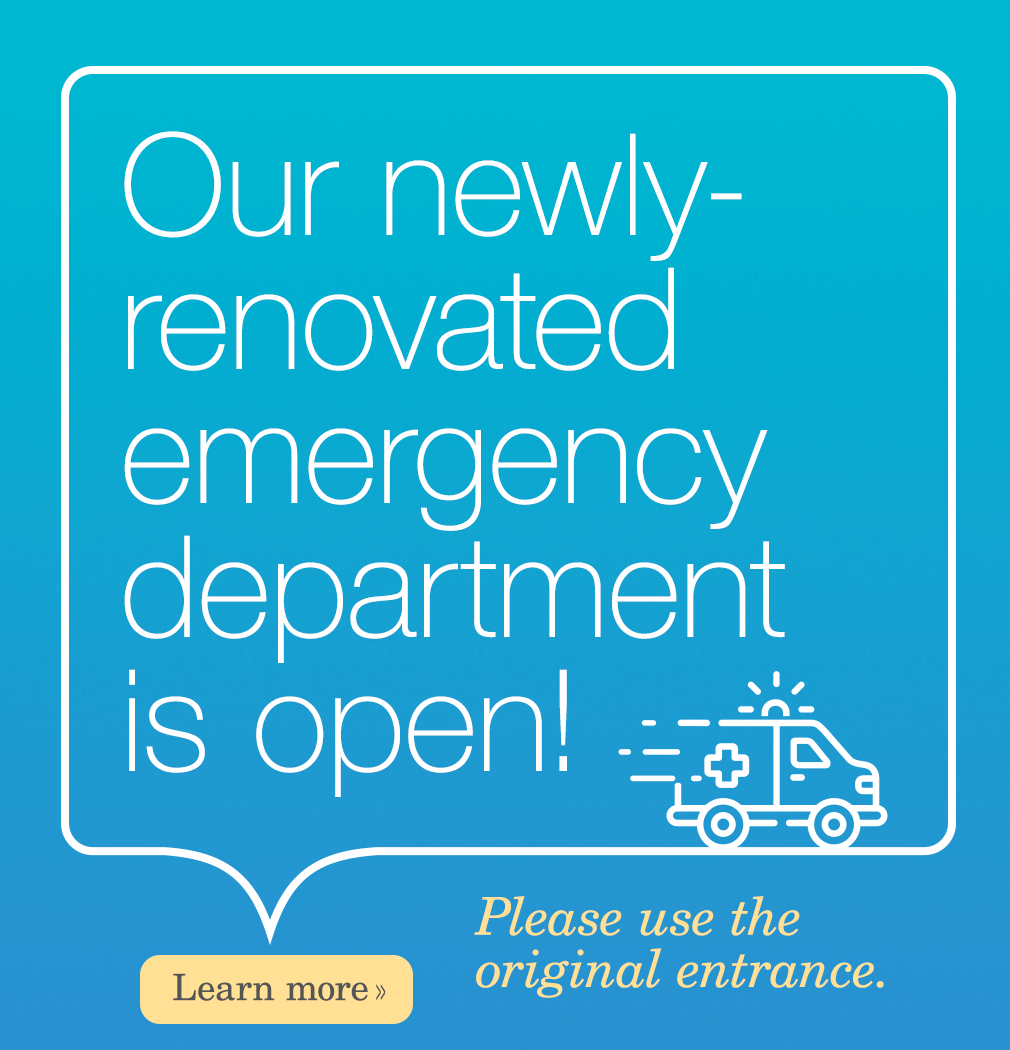Yes, it is, as it begins to define an agreement between the State of Vermont and the Centers for Medicare and Medicaid Innovation (CMMI) that would shape how healthcare providers are reimbursed for caring for many Vermonters for at least a 5-year period.
In 2015, an “Accountable Care Organization Payment Sub-Committee” was created which included members from the Green Mountain Care Board (GMCB – which regulates hospital budgets), OneCare Vermont (our largest Accountable Care Organization), the Department of Vermont Health Access (which oversees Medicaid), Blue Cross & Blue Shield (our largest private payor), several of Vermont’s hospitals, and others. They created a framework to guide the design and operation of an integrated accountable care organization to function within an “all payer” model in Vermont. The most recent version of the framework summarizes the purpose of this reform effort by saying, “Having a single accountable organization that could assume financial risk under value-based, population-based, payments; have sufficient resources to provide the infrastructure necessary for data collection, analytics, and coordinating improvement in care delivery; and have a sufficient number of attributed lives to impact the delivery system appears to be the best option to achieve a more integrated system of care.”
The “Term Sheet” recently released by the GMCB outlines 18 aspects of a potential agreement between Vermont and CMMI whose contents will have to be negotiated. Once it is accepted by both sides, Vermont would have until January of 2017 to turn the framework into a new system. The Term Sheet is now open for public comment. Sitting back and hoping this will all go away is not an option. Change is happening. NMC will continue to participate in these efforts to get it right. The work to be done is significant and the time requirements seem short in comparison.
What are the “deal breakers” that could cause the GMCB to say “No” to the waiver? I attended a public hearing where GMCB Board Chair Al Gobeille reviewed his own 12 questions on the APM, which ranged from understanding the impact on the Exchange population to the impact to hospital budgets to ensuring those responsible for administering this program are capable and competent. The GMCB must be convinced that Medicaid and commercial insurers are committed to making the changes necessary to make this viable. It is reassuring to see that the questions revolve around the plan being financially sound and programmatically reasonable. The question of whether Medicaid is in or out of this APM is my greatest concern. If Medicaid is unable to keep up with the reimbursement trends of those within the APM, this will result in a greater need to cost shift to other payers. Medicaid has to be a player in order for this to work as one third of the population is participating in Medicaid. We want everyone to have access to care and we need to be reassured that the cost of this program will be covered.
There is no doubt we must revamp the delivery system and the way health care is reimbursed. Focusing on population health and incentivizing all health care providers to work together for the best care at the lowest cost is the right thing to do. We are already reviewing what care should be provided at what locations to avoid duplication while ensuring each patient gets the right care at the right location. There is a lot of work to be done and January 2017 is closer than we think. Although the Single Payer System did not succeed, we did see positive change from the effort. One of the successes is the medical home model (Blueprint) which has enhanced primary care delivery and reimbursement for providers across our community. We continue to be hopeful that APM is a path to an improved system that reduces the administrative burden on doctors and hospitals and enables caregivers to focus on keeping our populations healthy, preventing the need for costly interventions and helping reduce the overall cost of care. NMC continues to actively participate to help influence the final plan. We hope you will also take an active role and share input on what is important to you in a future healthcare system. There are good minds at the table and something good will come from this. Thank you for your continued support of local healthcare and our efforts to provide exceptional service and value here in our community.
— Jill Berry Bowen, NMC’s Chief Executive Officer

